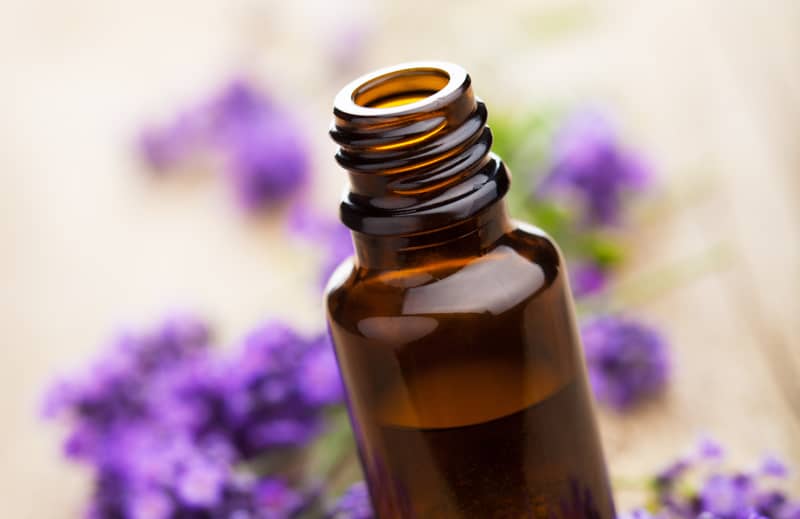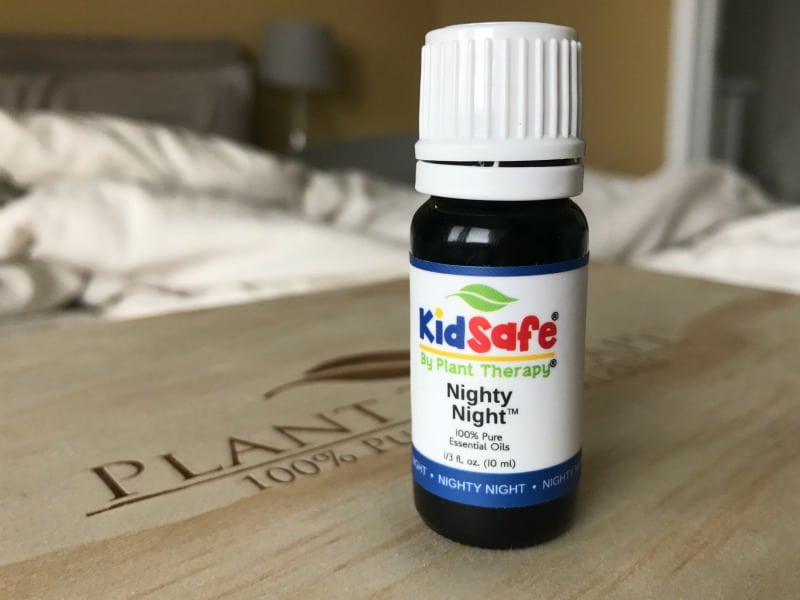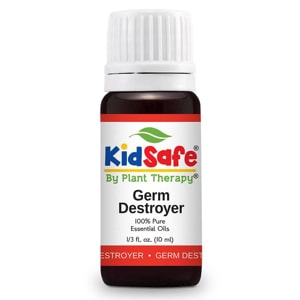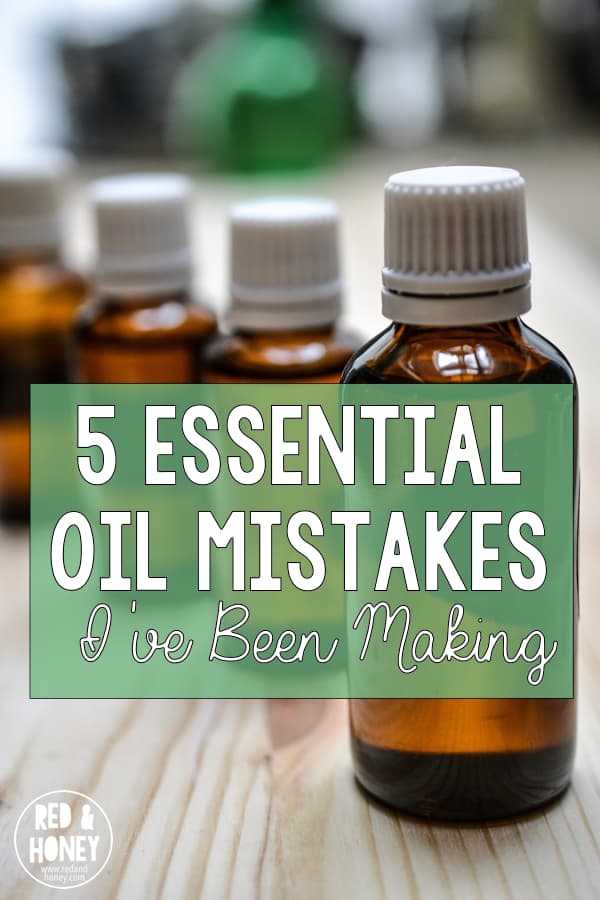
You only have to be hanging around the natural living community for about five seconds before hearing someone mention essential oils. However, finding truly unbiased, trained expert advice for proper essential oil usage is a little tougher.
I’ve been a big fan of using EO’s (essential oils) for several years now, but I was once a total newbie. I doubted their ability to really do much beyond smell nice, and I had absolutely no idea just how powerful they can be.
Once I started learning it was like an avalanche of information, opinions, and hot-tempered brand wars. It turns out that there are actually a ton of myths and misunderstandings floating around out there in internet-land about how to properly, safely, and effectively use essential oils. I dutifully began wading through it.
I was first introduced to the world of essential oils via a well-known MLM (multi-level marketing, aka direct sales – think tupperware, avon, etc.) company. While I appreciated their high quality oils, I’ve since learned that they (and other EO MLMs) give advice that many essential oil experts believe to be unsafe. For example – not diluting properly (or at all), not paying attention to age restrictions, unsupervised internal usage, etc.
It can be tough to discern which companies offer a high enough quality in order to use the oils for medicinal or therapeutic purposes. Of course, the MLMs each claim to sell a higher quality as compared to their competition. Allow me to let you in on a little secret: these claims are unfounded in anything objective, and any special marketing terms (about the grade or quality) are not regulated by any industry. The only regulated term is “certified organic”.
As I’ve done my research I’ve discovered a newer company that is just as high quality, yet much more reasonably priced (because they cut out the “middle man” of the direct sales approach).
The company that has very quickly become my new favourite is Plant Therapy. They work closely with Robert Tisserand, a world-renowned essential oils expert, and they have a number of certified aromatherapists on staff who are available to assist customers with any questions. They also run a super helpful Facebook group called Safe Essential Oil Recipes which is open to absolutely anyone, where their trained aromatherapists answer your essential oil questions.
Quality and transparency is extremely important to Plant Therapy, which is why they release the GC/MS Reports (the gold standard laboratory testing for essential oils) from each of their batches.
Personally, I love that they take this really seriously so that I can use the oils without worrying about their purity or effectiveness. Some essential oils sold in places like grocery stores are very low quality, sometimes even diluted with cheap industrialized oils but misleadingly labelled as “pure”.
From the Plant Therapy website where their quality is discussed at length:
“Our oils are sent to one of several third-party laboratories where they undergo multiple tests including Gas Chromatography and Mass Spectrometry (also known as GC/MS testing). Every batch of oil we receive goes through both rounds of testing, and these tests will show us the quality of the oil and also what is in the oil. Most contaminants or adulterants show up with these tests, and for those that don’t, if we suspect that some of what looks like a natural constituent of an oil might be a synthetic addition, we use chiral analysis – a more sophisticated form of gas chromatography – to find out if it is in fact, a natural constituent or a synthetic addition. Even though we work with distillers and farmers who have repeatedly proven to provide excellent quality essential oils, when Plant Therapy claims that our oils are 100% pure and of the highest quality, we want to make sure that we are doing everything possible to guarantee that.”
You can go to any oil on their website and click “tests” to see the lab results for that specific batch.
If you’re anything like I was, learning about essential oils can feel a bit like drinking from a fire hose – totally overwhelming! I made a lot of mistakes in the beginning due to misinformation I received, or from being unknowingly ignorant about proper usage.

Here are the five biggest and most common mistakes I’ve made. They say that once you know better, you do better, so consider this another step in your EO education. If there’s anything here that you didn’t know already, take the information and move forward in safer and more effective essential oil usage for you and your family. Happy oiling!
1. Not diluting enough
Essential oils are extremely concentrated, and as such – they can pack quite a punch. When I first learned about essential oils I was told that there are a number of oils you can use neat. (“neat” = undiluted.)
However, there are some significant risks involved with using undiluted oils. There are skin reaction risks (such as irritation, sensitization, and phototoxicity), and there are systemic toxicity risks (such as fetotoxicity, hepatotoxicity, carcinogenicity and neurotoxicity) which are less obvious when they happen. On other words – you may have used undiluted oils in the past and saw no adverse reaction, but the effects may have still been present. (source.)
In addition, essential oils are volatile compounds which means that they evaporate very quickly. Using a non-volatile carrier oil (for example: fractionated coconut oil) allows you to use less essential oil to achieve the same result because the evaporation process is slower. The carrier oil that you choose can also be beneficial to your skin with its own moisturizing properties, vitamin and mineral content, etc.
This is a good article with safe dilution guidelines for all ages. Personally, the only time I’d ever use an oil neat is in an acute situation such as the time I had a majorly infected finger and used tea tree oil to beat it. (The infection had gone on for weeks and taken my finger nail with it, but the tea tree oil reversed the infection literally overnight.)
2. Placing too much trust in one single company (or not enough)
I’ve made it clear that I’m a huge fan of Plant Therapy, but there are several other essential oil companies that offer a high-quality product (many of them vetted by other health and wellness blogging friends of mine). While I still have a few bottles of essential oils from other companies in my EO organizer that I use, when I need to buy a new EO, I personally choose Plant Therapy for their top-quality product as well as their much more affordable price point, and their expert advice on safe usage.
It’s fine to have a favourite company. That’s great! But when you buy into the hype that company X is the ONLY high-quality brand out there, that’s problematic. If any company is feeding you that sort of line, be wary.
Plant Therapy doesn’t spend time knocking other companies because they can simply let their quality, customer service, and affordability speak for itself. As a customer, I appreciate that!
3. Remaining ignorant about age restrictions
Children are much more susceptible to the effects – good and bad – of essential oils. When it comes to using essential oils safely on our kids, there are definitely some guidelines to follow. Most oils are not recommended before the age of two (except in acute cases for a short period of time), and some are not recommended at all until after the age of twelve.
Several years ago, Plant Therapy recognized that people were having a hard time figuring out which oils to use on their kids, in what combination, and at what dilution. So they worked with Robert Tisserand to create the first KidSafe line of synergies (EO blends) and synergy roll-ons (pre-diluted blends).
These blends have quickly become the most-used oils at our house.
Side note: I’ve seen particularly awesome results with their Nighty Night oil (one of the KidSafe blends from PT: a blend of lavender, marjoram, mandarin, cedarwood atlantica, patchouli, clary sage, chamomile roman and blue tansy) when our oldest (age 8) is having trouble sleeping at night. He struggles with some anxieties that tend to come out at night and can sometimes take 2-3 hours to fall asleep. On particular tough nights, I massage some of this oil (diluted, of course… they also sell a pre-diluted roll-on) onto his back and neck, and he’s out like a light 5-10 minutes later. It has worked every single time so far.

4. Applying oils primarily to the bottoms of your feet


Original article and pictures take redandhoney.com site
Комментариев нет:
Отправить комментарий